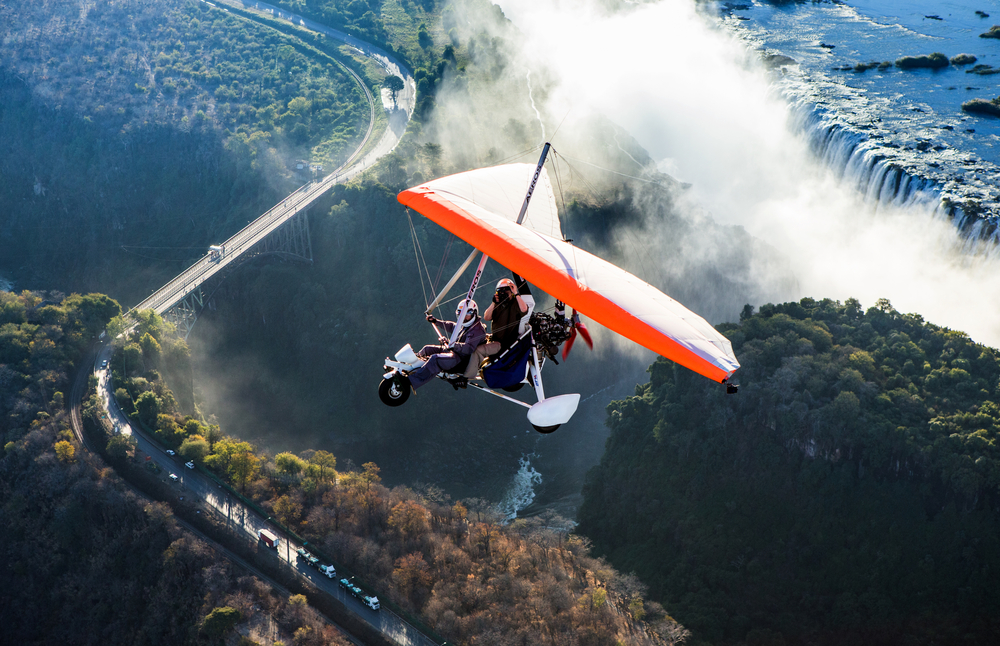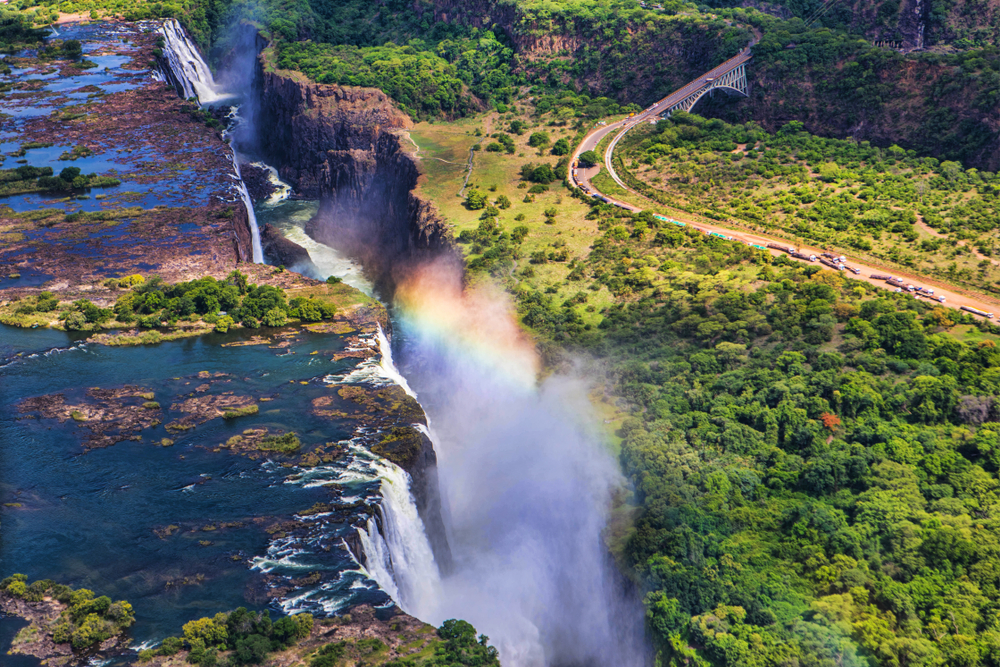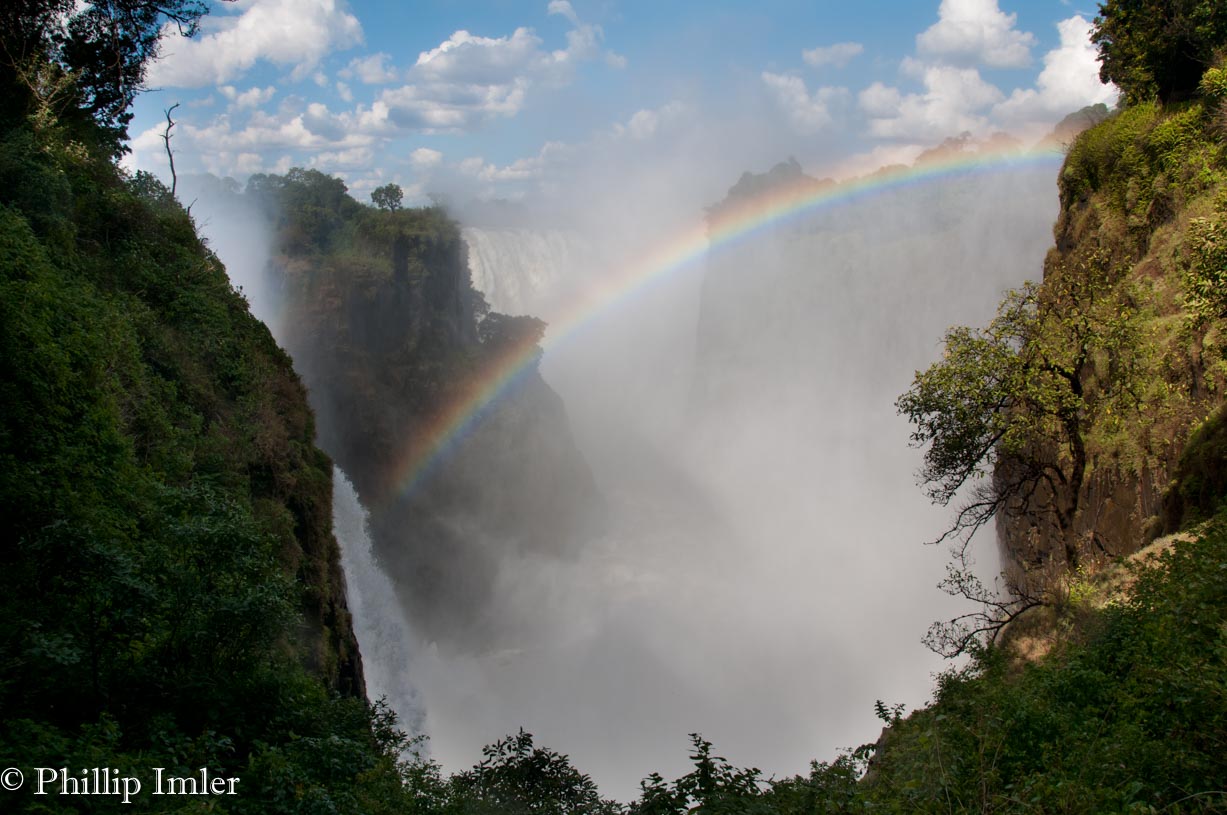Victoria Falls, located on the Zambezi River on the border between Zambia and Zimbabwe, is one of the most significant waterfalls in the world. It is often compared to other notable waterfalls due to its impressive size, sheer volume of water, and dramatic beauty.
In terms of height, Victoria Falls is not the tallest waterfall in the world. It measures approximately 108 meters (354 feet) in height, making it shorter than waterfalls like Angel Falls in Venezuela, which boasts the world’s highest uninterrupted drop at 979 meters (3,212 feet). However, what sets Victoria Falls apart is its immense width. With a width of over 1,700 meters (5,600 feet), Victoria Falls is considered the largest curtain of falling water in the world, creating a breathtaking spectacle as the Zambezi River cascades over the edge.
Compared to other iconic waterfalls like Niagara Falls in North America and Iguazu Falls on the border of Argentina and Brazil, Victoria Falls is known for its natural beauty and pristine surroundings. Unlike Niagara Falls, which is heavily developed with tourist attractions and infrastructure, Victoria Falls retains much of its wilderness and offers visitors a more immersive and authentic experience of nature.
In terms of sheer volume of water, Victoria Falls is unmatched during the rainy season when the Zambezi River is in full flood. The falls can produce an astounding 500 million liters of water per minute, creating a thunderous roar and a towering cloud of mist that can be seen and felt from miles away.
Overall, while Victoria Falls may not hold the title of the tallest waterfall in the world, its combination of height, width, and volume of water, along with its stunning natural surroundings, make it one of the most awe-inspiring and iconic waterfalls on the planet.


































































































